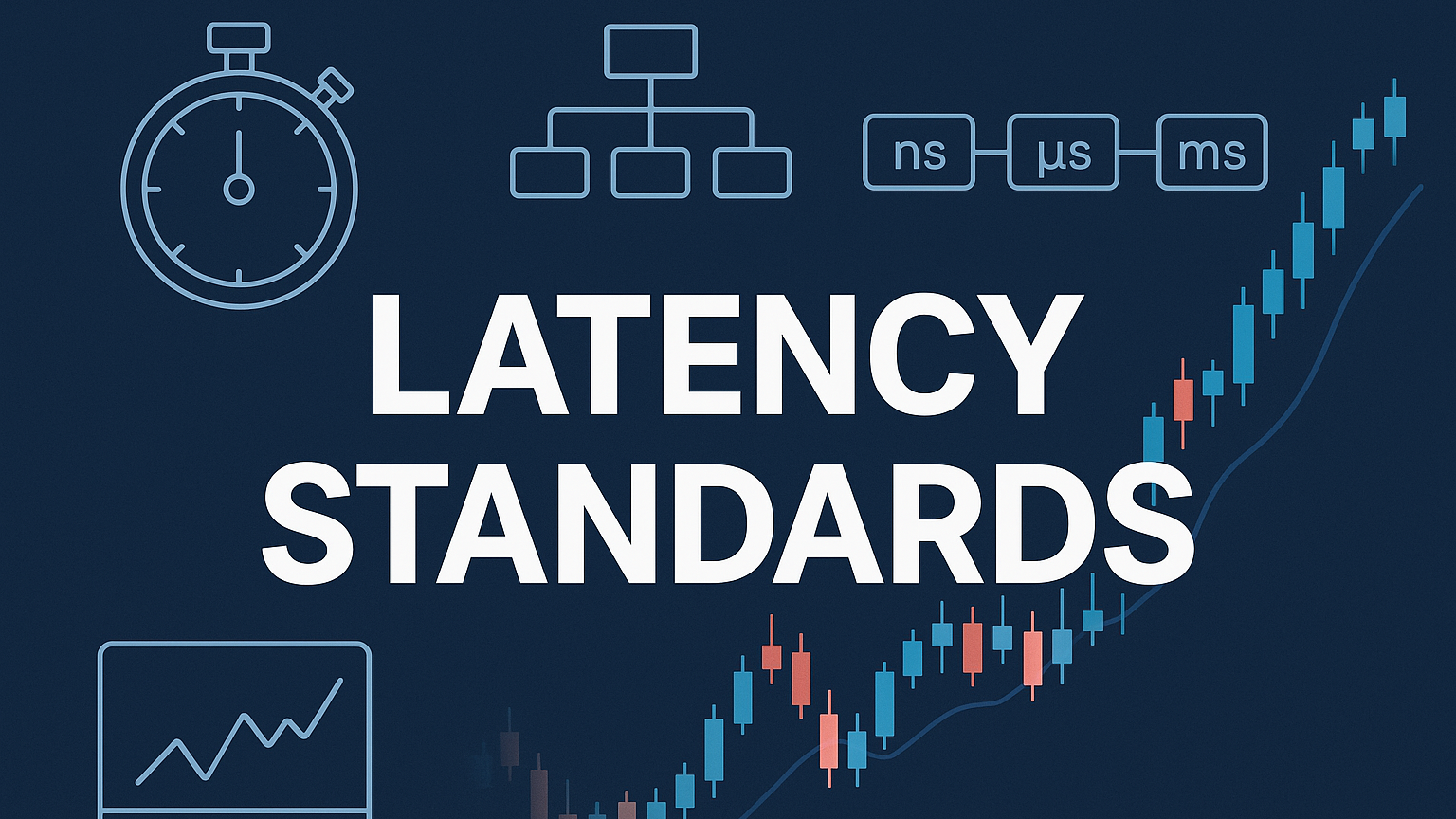Learn about market orders, their advantages, drawbacks, and best practices for executing trades swiftly in the stock market.
Market orders are the fastest way to buy or sell securities, ensuring immediate execution at the best available price. They work well in high-volume markets where speed matters more than price precision. However, they come with risks like price slippage, especially during volatile or low-volume trading. Here's what you need to know:
- Advantages: Quick execution, high certainty of trade completion, simple process.
- Drawbacks: Price slippage, challenges in low-volume or volatile markets.
- Best Use Cases: High-liquidity stocks, regular market hours, reacting to breaking news.
| Order Type | Key Focus | Execution Guarantee | Price Control |
|---|---|---|---|
| Market Orders | Speed | Yes (during market hours) | Limited |
| Limit Orders | Price | No | High |
| Stop Orders | Price Trigger | Conditional | Moderate |
Market orders prioritize speed but may not offer precise pricing. Use them wisely based on your trading goals and market conditions.
Stock Market Order Types
Market Order Mechanics
Market orders are designed for fast execution, made possible by today's advanced trading platforms.
How to Place a Market Order
To place a market order on TradingView, open the order ticket, select 'Market,' specify the trade quantity, and confirm the action. Your broker's system will automatically route the order to the best available venue, filling it at the current market price within microseconds. Tools like Alertatron can even process trades triggered by TradingView alerts in under a second. Now, let’s look at the factors that influence market order execution.
Market Order Execution Factors
Several elements can affect how a market order is carried out:
| Factor | Impact on Execution | Consideration |
|---|---|---|
| Market Conditions | Volatility can slow down execution | Check market stability before trading |
| Order Size | Large orders might be divided into smaller parts | Plan for potential order splitting |
| Execution Venue | Liquidity varies across trading venues | Brokers aim to route orders to the most liquid venues |
| System Quality | Advanced systems enable faster execution | Opt for brokers with reliable, modern platforms |
Regulations require brokers to prioritize favorable execution terms for client orders. This involves considering factors like price improvement opportunities and execution speed to ensure trades are completed under the best conditions available.
For instance, ION XTP Execution offers capabilities such as bulk order processing, real-time analytics, exposure tracking, advanced filtering, mobile access for around-the-clock trading, and exception-based monitoring to enhance execution efficiency.
Ultimately, the quality of your trade execution depends heavily on broker technology and their ability to route orders effectively.
Market Order Benefits
Market orders come with distinct advantages, especially for traders who prioritize speed and execution reliability.
Speed in Fast Markets
In fast-moving markets, execution speed can make all the difference. Market orders are designed for immediacy, allowing traders to act on brief opportunities. During periods of high volatility, when prices can change in seconds, this quick execution ensures traders stay ahead of market shifts.
Certainty of Execution
Market orders stand out for their reliability in getting filled. Unlike other order types that might not execute due to price conditions, market orders ensure the trade happens. As FINRA explains:
"this type of order provides the most certainty that your order will be executed because it's not tied to any restrictions."
| Order Type | Execution Certainty | Fill Speed |
|---|---|---|
| Market Order | Very High | Immediate |
| Limit Order | Depends on Price | Not Guaranteed |
| Stop Order | Depends on Trigger | Conditional |
Straightforward Process
Market orders are easy to place, requiring only the asset and quantity to execute a trade. This simplicity eliminates the need for additional parameters, making them ideal for quick, automated transactions. Traders can focus on their broader strategies without getting bogged down by complicated order settings.
Market Order Drawbacks
Market orders are fast, but this speed can come with risks that may affect your trade outcomes. The same immediacy that makes them appealing can also lead to unexpected results.
Price Slippage Risk
One major risk with market orders is price slippage, where the execution price differs from what you expected. For instance, say you place a market order for 100 shares of Apple when the bid/ask prices are $183.50/$183.53. You might anticipate paying $183.53 per share, but if the spread shifts to $183.54/$183.57 just before execution, you'll end up paying $183.57 per share - an extra $4.00 for your position.
The likelihood of slippage depends heavily on market conditions:
| Market Condition | Slippage Risk | Suggested Approach |
|---|---|---|
| High Volatility | High | Use limit orders instead |
| Normal Trading | Moderate | Keep an eye on the bid-ask spread |
| Low Volatility | Low | Market orders are generally fine |
Challenges in Low-Volume Trading
Trading securities with low daily volume (under 10,000 shares) can create additional hurdles. These stocks often have wider bid-ask spreads, leading to larger gaps between the price you expect and the price you actually get. For example, a stock with a bid of $10.00 and an ask of $10.50 reflects a 5% difference, which can significantly impact your execution price.
To navigate these issues in low-volume markets:
- Use Level 2 market data to gauge liquidity
- Split large orders into smaller chunks to avoid moving the market
- Trade during peak hours when activity is higher
- Check bid-ask spreads carefully before placing orders
These risks highlight the need to adjust your trading strategy in less liquid markets. While market orders are quick, they can lead to unexpected price variations, especially when conditions are less favorable.
Best Uses for Market Orders
Knowing when to use market orders can make a big difference in your trading results. Let’s look at the situations where market orders work well and when you might want to consider other options.
Best Times to Use Market Orders
Market orders work best in fast-moving, high-liquidity markets. For stocks with heavy daily trading activity, these orders usually execute close to the quoted price because of tight bid-ask spreads.
| Market Condition | Market Order Suitability | Typical Outcome |
|---|---|---|
| High Volume Trading | Excellent | Execution near quoted price |
| Breaking News Events | Recommended | Quick position entry |
| Regular Market Hours | Good | Reliable fills |
| Stable Price Action | Suitable | Minimal price slippage |
When to Avoid Market Orders
Avoid market orders in these situations:
- Pre-market and After-hours Trading: Lower trading volume during these periods often leads to wider spreads and more price volatility.
- Low-volume Securities: Thinly traded stocks can experience large price jumps between trades.
- Large Orders: Placing big trades in less liquid markets can significantly affect the stock price.
- Volatile Markets: Rapid price swings during uncertain times can result in poor execution prices.
Summary
Market orders are a popular choice for executing trades quickly, especially in liquid and high-volume markets. Their success largely depends on current market conditions and your trading goals.
The main advantage of market orders lies in their speed and reliability. As Charles Schwab explains:
"Market orders are optimal when the primary goal is to execute the trade immediately. A market order is generally appropriate when you think a stock is priced right, when you are sure you want a fill on your order, or when you want an immediate execution."
Here are some best practices to consider:
| Market Condition | Best Practice | Expected Outcome |
|---|---|---|
| High Volume | Review bid-ask spread before trading | Lower price fluctuations |
| Time-Sensitive | Trade during regular market hours | Improved liquidity and pricing |
| Low Volume | Opt for limit orders | Better price control |
| Large Position | Use limit orders instead | Reduced slippage risk |
These strategies help balance the speed of execution with minimizing potential downsides like price slippage.






